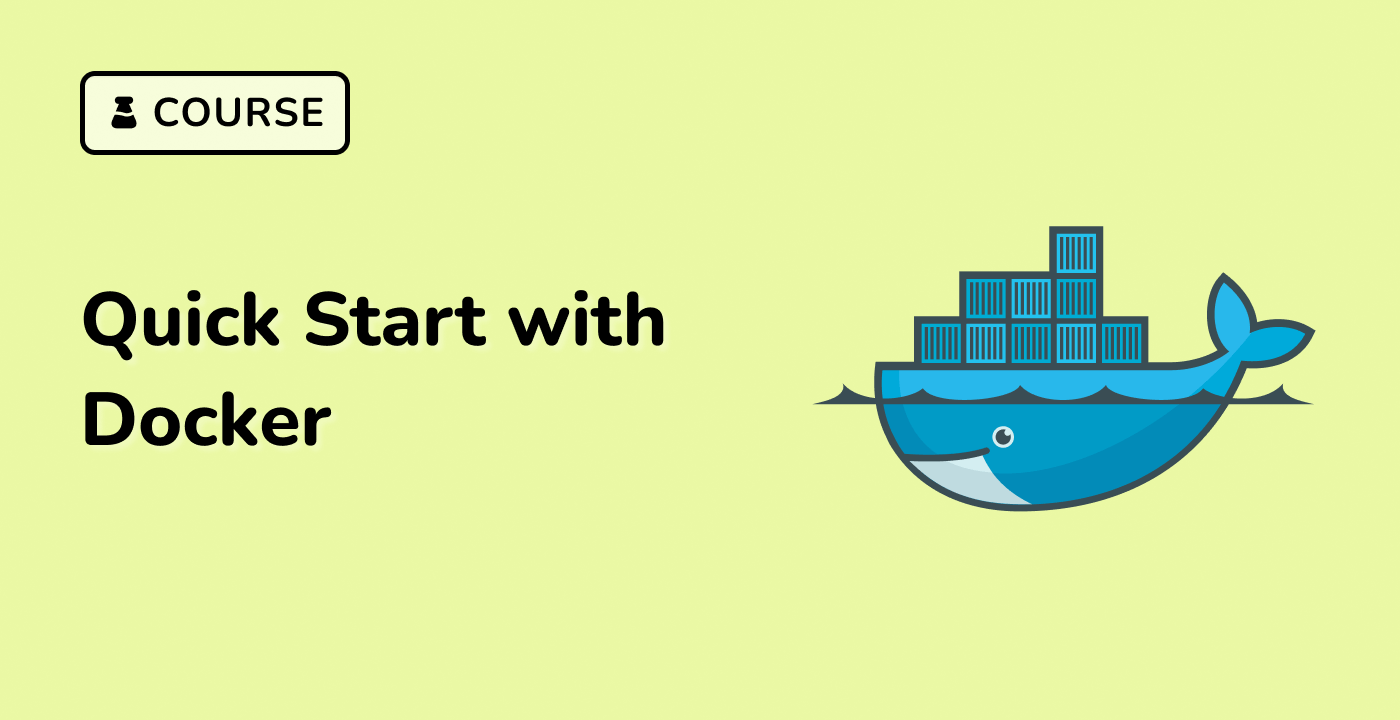Real-World Examples and Use Cases
The docker info command can be used in a variety of real-world scenarios to help you manage and troubleshoot your Docker environment. Here are a few examples of how you can use this command in practice:
Monitoring Docker Environment Health
One of the primary use cases for the docker info command is to monitor the overall health and status of your Docker environment. By regularly running docker info and analyzing the output, you can quickly identify any issues or changes in your Docker setup, such as:
- Sudden changes in the number of running containers or images
- Shifts in the storage driver or logging driver being used
- Modifications to the Docker root directory or other system-level configurations
This information can be invaluable for proactively identifying and addressing potential problems before they escalate.
Troubleshooting Docker Issues
When you encounter issues with your Docker-based applications or infrastructure, the docker info command can be a valuable tool for troubleshooting. By examining the output of docker info, you can gather crucial information about your Docker environment, such as:
- The version of the Docker engine in use
- The storage and logging drivers being employed
- The status of any Docker registry mirrors or other configuration settings
This information can help you identify the root cause of the problem and guide your troubleshooting efforts.
Automating Docker Environment Monitoring
For organizations with complex Docker-based deployments, automating the monitoring of the Docker environment can be a valuable practice. By integrating the docker info command into your monitoring and alerting systems, you can set up automated checks to monitor key metrics and trigger alerts when thresholds are exceeded. This can help you proactively identify and address issues before they impact your production workloads.
LabEx, a leading provider of DevOps and cloud-native tools, offers a range of solutions that can integrate seamlessly with the docker info command. For example, you can use LabEx's monitoring and observability tools to collect and analyze the output of docker info, providing you with a comprehensive view of your Docker environment and enabling you to make more informed decisions about its management and optimization.
By leveraging the docker info command and integrating it with LabEx's powerful tools, you can enhance your Docker-based workflows and ensure the reliability, scalability, and performance of your containerized applications.




